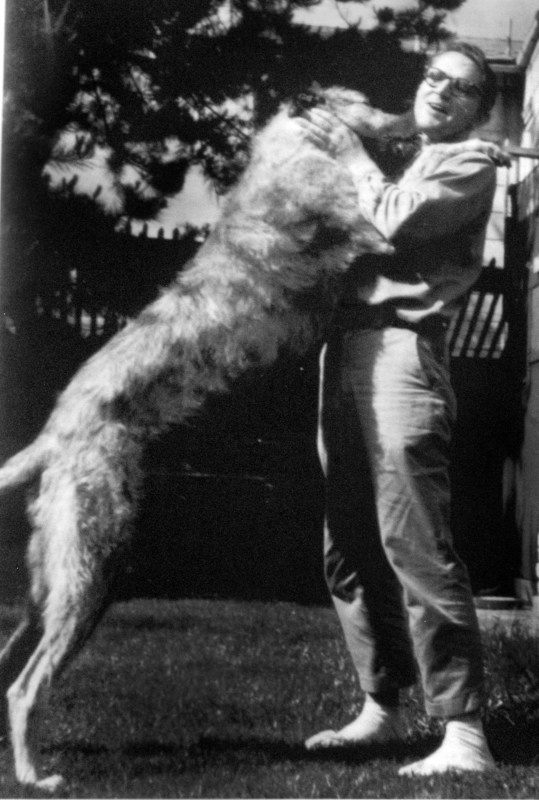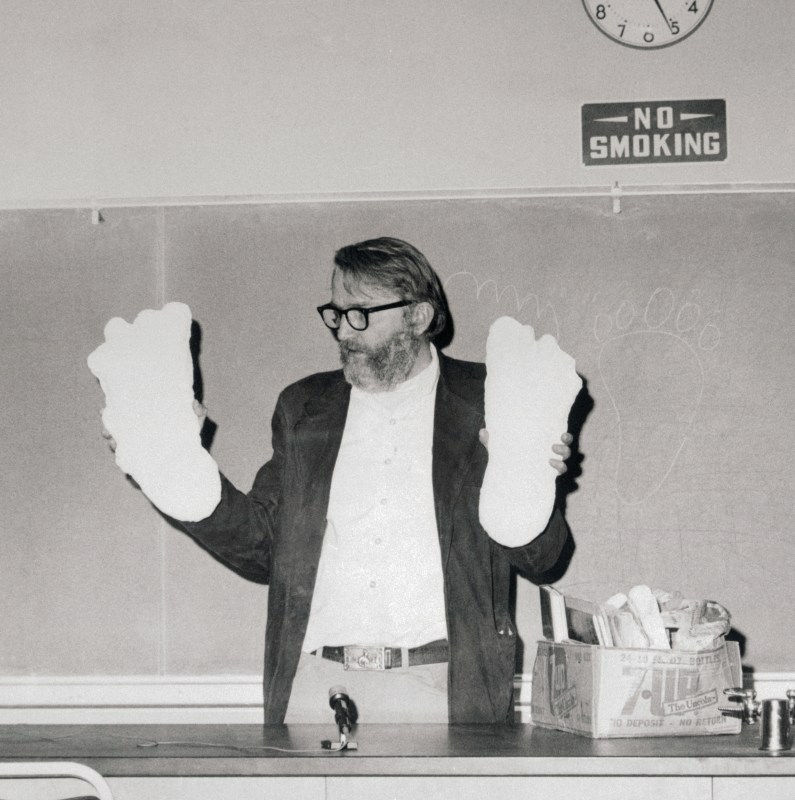The skeleton of anthropologist Grover Krantz and his dog, Clyde, are on view at the Smithsonian’s National Museum of Natural History in Washington, D.C.

Krantz holds Clyde’s bones in what looks like a hug. Smithsonian Magazine writes that the skeletons are meant to serve as both a testament to a man’s fondness for his pet and also the anthropologist’s everlasting commitment to his work.
“He knew that he was dying of pancreatic cancer and wanted to be articulated and put on exhibit,” says David Hunt, a forensic and physical anthropologist who carried out Krantz’s request to donate his body to science, according to Smithsonian. “He said ‘well, I’ve been a teacher all my life so I might as well be one when I’m dead.’”
But his Krantz’s legacy is more complicated than just a man who loved being a teacher. More than a decade after his death, Krantz is known as an eccentric anthropologist who believed in Bigfoot. His work as a person who studies mythic creatures and tries to prove their existence was serious, and damaged his career. He published 10 books, five of which were on Bigfoot.
“I think a lot of his colleagues kind of rolled their eyes at him and he was the butt of jokes,” says Laura Krantz. “Even now in anthropology circles, there are still wisecracks made about Grover Krantz.”
Thanks for reading InsideHook. Sign up for our daily newsletter and be in the know.


















